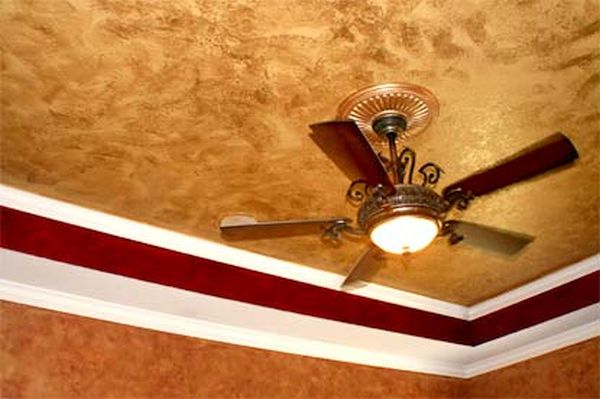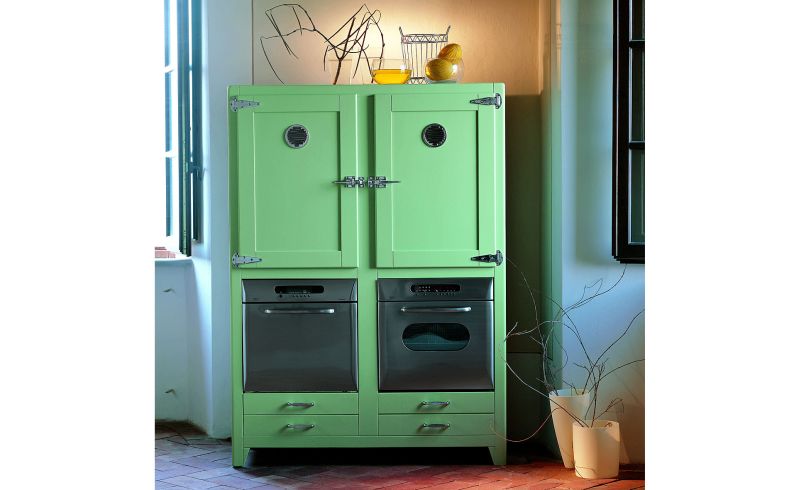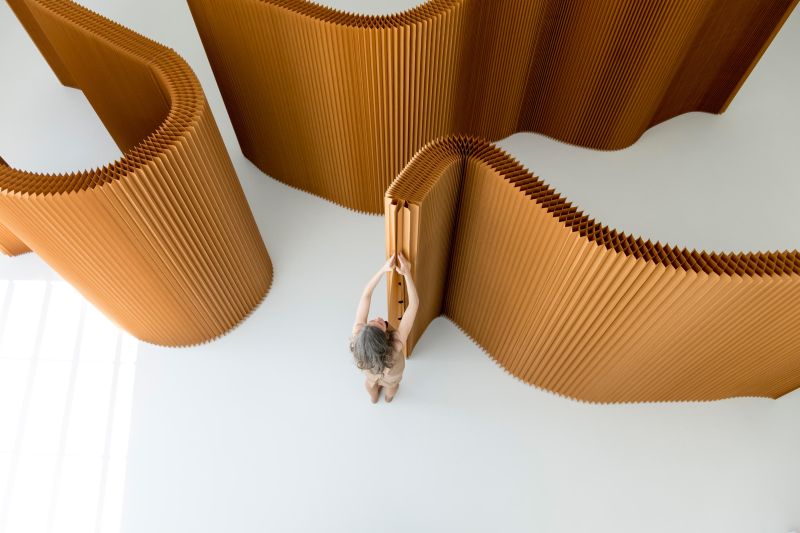The sponge and feather technique can be considered as a very simple DIY way to transform otherwise drab and dull walls in your home. These techniques can that much needed texture to the wall which would in turn, enhance its visual appeal significantly. It would take a little practice to perfect the technique. But once that is done, there is no stopping you from becoming a Picasso as you unleash your hidden creative side and transform the interior wall into a large canvas of modern art.
Benefits of Faux Painting

Faux painting helps you achieve remarkable designs that normal painting projects would not offer. You can choose from myriad decorating styles and can even emulate the look of materials like marble easily with nothing but sponges, paintbrushes, feathers, glaze and latex paints. This would be drastically cheaper than constructing a true marble wall altogether for sure.
The Sponge Painting Technique

Let’s take a look at the sponge painting technique first. The project would require you to choose a total of three colors, one for the base coat and the other two for the designs. Do not go overboard and choose contrasting colors as this will botch up the project completely. Rather, choose colors that are close to each other in the color spectrum as this will help you achieve a more refined look with ease.
Start by painting the wall with the chosen base color. Paint evenly in the same direction and apply one or two coats for a polished look.
Take the first of the other two colors and mix it with latex glazing liquid, making sure you follow the directions in the package to the ‘T’. Pour this mixture onto the painting tray.
Press the sponge lightly on the paint, ensuring that you do not dab too hard and risk saturating the entire sponge with paint. Gently dab the paint filled end of the sponge on the wall. Start from the ceiling and make your way down and across, keeping the dabs spaced out evenly although you can choose to follow a random pattern as well. Keep dabbing the sponge in the paint at regular intervals to maintain the consistency of the pattern that forms on the wall.
Wait for the paint to dry for a couple of hours afterwards. Repeat the same process with the second color (including mixing it with latex glazing liquid). Using the sponge, dab a small amount of this paint mixture in the gaps left out when you used the previous color. Follow the same steps to cover the entire stretch of the wall, gently overlapping the individual dabs of paint so that they seem to blend in with each other seamlessly. Choose a random effect that allows you to create intricate patterns on the walls rather than just opting for angles or straight lines.
The Feather Painting Technique

Let’s move on to the feather painting technique that allows you to paint beautiful patterns and textures on the walls using nothing but a simple feather duster. In this case though, the trick is to maintain a light finish instead of making a heavy handed statement that would look rather clumpy. Here’s how you can achieve that in style.
You can alternate between one or two highlighting colors other than the base coat. If it is your first project, consider using a single highlighting color.
Paint the wall completely with one or two coats of the base color and wait for it to dry (a couple of hours would do).
Pour the highlight color into a pan. Gently dip the feather tips into the paint. Dab the same on a paper bag in order to get rid of excess paint. Gently dab the feathers on the wall, creating a pattern. Start from the ceiling and move down and across the entire stretch of wall. Use random movements to create interesting patterns as you progress. Dab the feathers in paint at regular intervals to maintain consistency in the pattern. Replace the feather duster with a new one after it becomes too saturated with paint.
Sponge and feather painting techniques can easily transform lifeless walls into works of art. You can use these techniques to create myriad patterns and textures on the walls in your home with ease.



